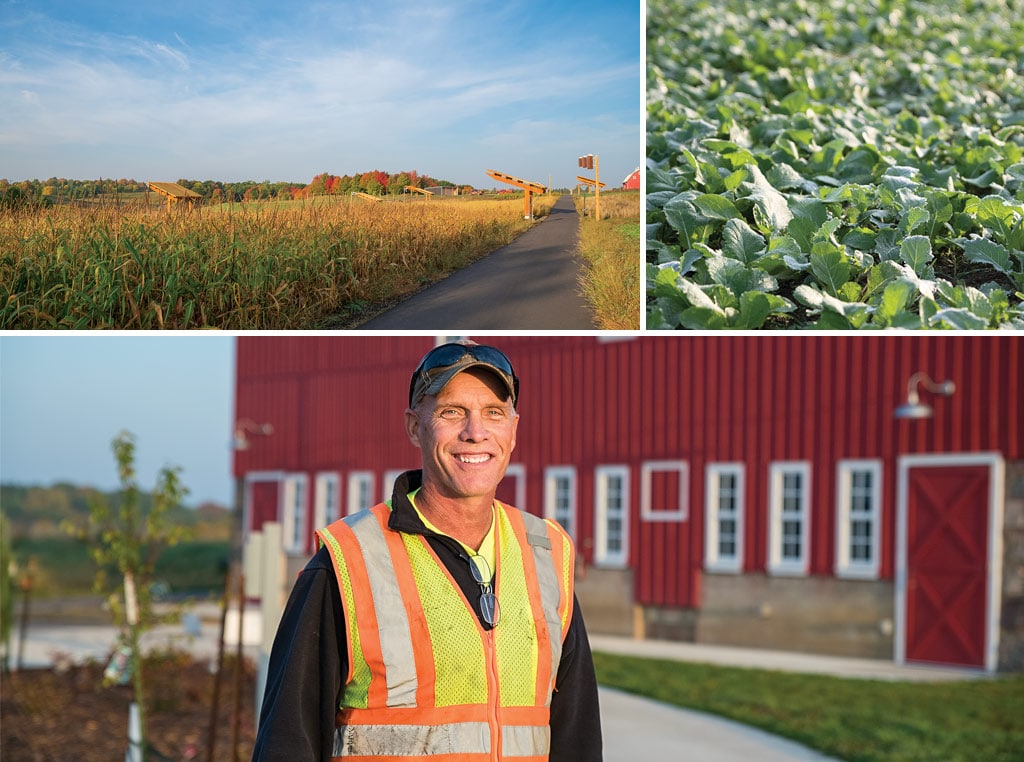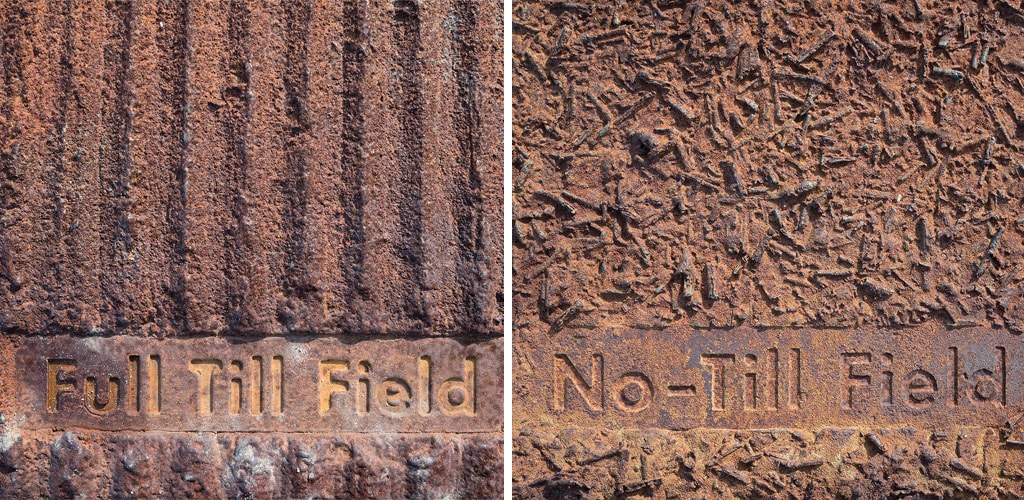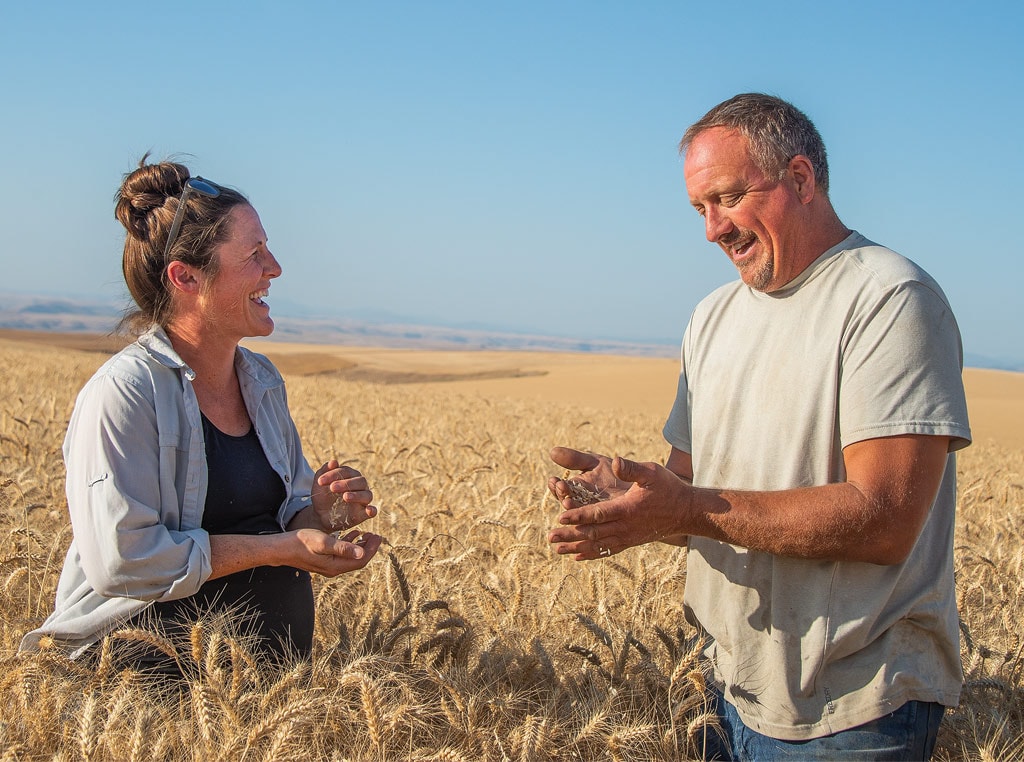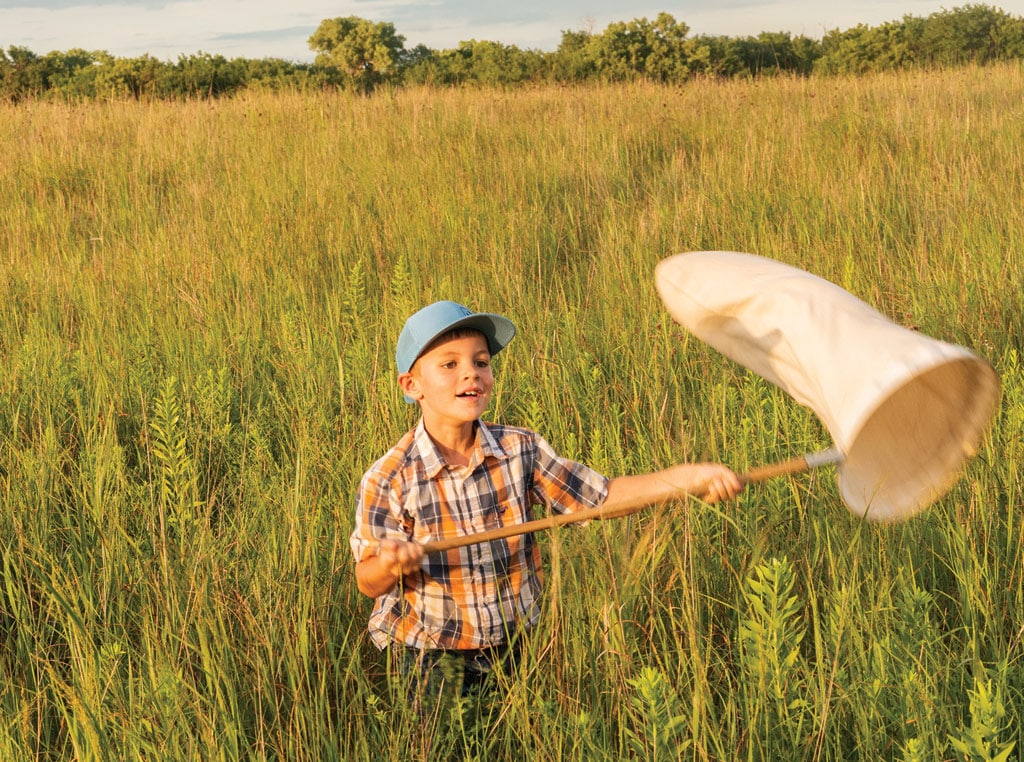
The ‘Farm at the Arb’ is a newly developed demonstration farm designed to show high production agriculture to MN Landscape Arboretum visitors. Bob Dressen is the resident farmer.
Agriculture, Education February 01, 2021
Demo Plots & Walking Paths
Minnesota’s Landscape Arboretum expands into ag education.
A few influential people saw the opportunity to influence a lot of people, and what they created after years of planning is a whole new type of model farm.
“The idea was to have a place where people could go and experience a science-based story about modern agriculture,” says Greg Page, retired Cargill CEO and chairman and one of the leaders of the Minnesota Landscape Arboretum’s Red Barn project.
The University of Minnesota has owned an idle dairy farm on the east side of its 1,200-acre Arboretum located in the Minneapolis-St. Paul metro since the 1960s. Recent major fundraising efforts have turned it from a venue the half-million annual visitors could only view from afar into a demonstration farm where they can learn about how the vast majority of food is produced.
“There hasn’t been a place where people can visit and understand high productivity agriculture, but the ‘Farm at the Arb’ was the perfect place to build a model farm because of the existing infrastructure,” Page notes.
The Arboretum is part of the University of Minnesota’s College of Food, Agricultural and Natural Resource Sciences (CFANS) and serves as the horticultural research center, which has been focused on cold-hardy plant development (such as the honeycrisp apple) and conservation practices since 1908.
Their horticultural education and outreach efforts in a normal year include welcoming 55,000 school children, offering classes and lectures to thousands of adults, and hosting countless special events.
The real deal. With the goal to show a third of the 500,000 annual visitors how crops are really grown today, Arboretum staff have worked with many Minnesota commodity associations and agricultural companies to develop the design and messaging.
“When they proposed this project to our board, it was certainly something we’d been looking to invest in,” says MN Corn Growers Association board member Jean Knakmuhs. “What really interests us is that progressive methods would be shown to people who are removed from the farm. I think it’s just about as real as we can get outside our own farms.”
It is more than showing visitors what corn and soybeans look like.The design is such that a visitor feels like they are walking through the middle of an actual field. The 28 acres are divided into demonstration plots large enough to give a feel for how a whole field would look but small enough to have several crops and various management practices represented. “We want visitors to see all of the conservation tactics we use now on our own farms such as cover crops, waterways, and different types of tillage so they can better understand how these practices positively impact our natural resources,” Knakmuhs adds.
Bob Dressen, the Arboretum’s agricultural specialist responsible for managing crop rotation and soil health, explains, “The concept is that we may have conventional corn growing on one side of a plot with BT corn next to it and have winter wheat next to spring wheat so visitors can see the genetic differences. We will also have plots in cover crops depending on the time of year.”
In addition to self-guided tours where visitors can read interpretive signage and ask Dressen and other staff working the farm questions, events will be held throughout the year focused on individual aspects such as one crop, technology, or cultural practice.

Easily understood, interpretive signage along the walking paths gives visitors science-based information.
Read More

Ag Tech, Farm Operation
DIgging Into Data
Refining knowledge to farm successfully in a margin era

Agriculture, Sustainability
Insect Inventory
Declining numbers are bad news for agriculture.
